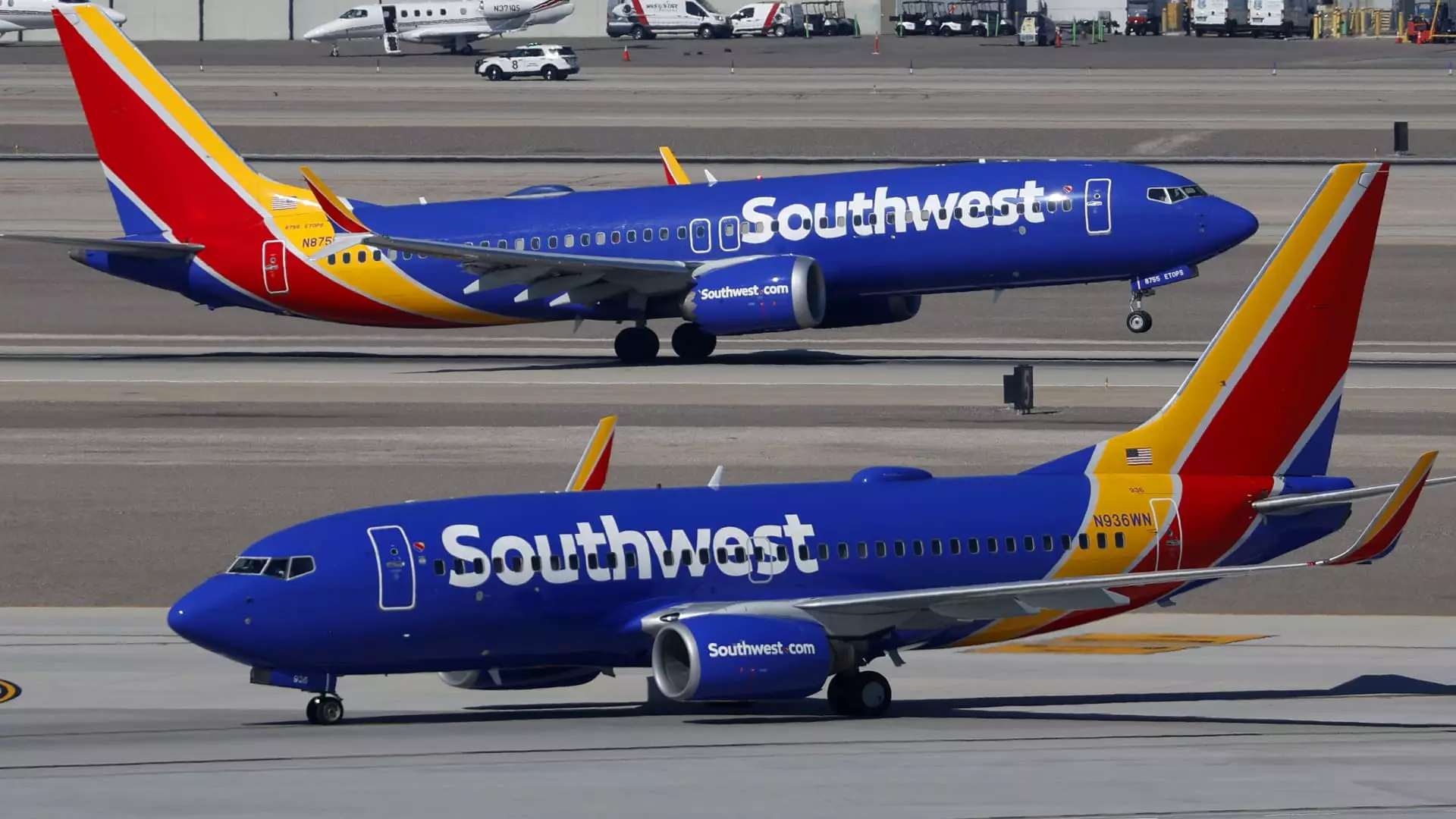For over half a century, Southwest Airlines has built its reputation on the tenets of freedom, transparency, and a certain rebellious spirit against the structured norms of the airline industry. Its open seating policy was not merely a logistical choice; it was a core aspect of its identity, promising swift boarding, a no-frills approach, and a fan-favorite policy of free checked bags. Now, however, the airline is tearing down this tradition in pursuit of cash flow and competitiveness, replacing spontaneity with rigid boarding groups. This abrupt shift, which begins with ticket sales on July 29 and fully implements on January 27, signals a dramatic departure from what many loyalists consider its essence. But is this move a savvy evolution or a sign of decline?
The decision to introduce assigned seating reflects Southwest’s acknowledgment that its once-disruptive model is no longer enough in a more profit-driven airline industry. With major competitors updating their revenue models through fees and tiered pricing, Southwest faces mounting pressure to adapt. Its plans to charge for checked bags, introduce new fare tiers, and now assign seats show a clear strategy: monetize every aspect of the traveler’s journey. While these changes might improve short-term financials—projected to add hundreds of millions in profit—they risk alienating their most dedicated customers, those who appreciated the airline’s no-questions-asked approach to simplicity and affordability.
From Spontaneity to Segmentation: The Heart of the Cultural Shift
The core of Southwest’s dialectic has always been its ethos of freedom—passengers could show up, choose their spot, and enjoy a quick, no-fuss boarding process. The grand social experiment of open seating created a sense of adrenaline and community that many travelers cherished. The scramble for seats, the “boarding groups,” and the spontaneous seat selection process cultivated a culture of flexibility and democratic access. Transitioning abruptly to a tiered boarding system rooted in seat selection and customer loyalty shifts that cultural landscape significantly.
This move reveals a broader industry trend: airlines are increasingly partitioning their passengers based on spending power. Elite frequent flyers get priority, while economy travelers face a more structured and potentially more expensive experience. While Southwest touts efficiency and customer care, skeptics argue that this entrenched class stratification undermines the egalitarian spirit that once set it apart. The question remains: can Southwest genuinely balance profitability with its core identity, or will this restructuring diminish its community-oriented charm?
Furthermore, by prioritizing customers who pay extra for preferred seats or luggage, Southwest inadvertently places certain travelers as second-class citizens. This commodification of seating and boarding privileges reflects a broader societal shift toward transactional relationships—trading social cohesion for revenue. Moreover, the reliance on computer algorithms and tests to maintain boarding efficiency raises questions about the authenticity of the experience. Will the process still be fun or simply stressful? Will families feel locked out of choosing seats together, or will they adapt through new options?
Economic Imperatives vs. Customer Loyalty: A Dangerous Game
Of course, the need for new revenue streams is undeniable in an era of rising fuel costs, staffing challenges, and competitive pressures. The airline’s bold move to assign seats and introduce fees aims to boost profitability, allowing Southwest to compete with more sophisticated models. However, it raises a crucial question: at what cost?
Southwest’s established brand identity—based on simplicity, transparency, and customer empowerment—may suffer if customers perceive the airline as shifting towards the traditional fee-laden models of its rivals. Loyalty programs and premium services attempt to cushion the blow, but they cannot fully replicate the sense of democratic freedom customers have enjoyed for decades. Will travelers accept this new reality with equanimity, or will they feel betrayed by a brand that once championed no-frills honesty?
Critically, Southwest’s ability to execute this transition smoothly hinges on sophisticated logistics and customer communication. The airline must justify the introduction of seat assignment fees, explain how benefits and loyalty privileges will be maintained, and ensure that the boarding process remains efficient without sacrificing the familial and community-oriented bonding that many loyal customers value. Only time will tell if this balancing act will succeed or lead to a decline in customer satisfaction.
Is There a Middle Ground? Or Is This a Farewell to the Old Southwest?
Ultimately, Southwest’s latest overhaul reflects a difficult trade-off: adapt or become obsolete. Its decision to abandon the open seating policy—considered revolutionary at its inception—places the airline at a crossroads. Will this restructuring allow Southwest to stay afloat financially without sacrificing its soul? Or is it a tacit acknowledgment that the airline’s original philosophy has become incompatible with modern revenue demands?
The shift to assigned seating and tiered boarding suggests that Southwest recognizes the need for innovation. Yet, it also signals the end of an era characterized by spontaneity, simplicity, and a sense of shared adventure. For some, this change will feel like a betrayal, a surrender to the corporate models that have eroded loyalty across the industry. For others, it’s a pragmatic acknowledgment that survival requires adaptation.
By altering its foundational policies, Southwest is attempting to carve out a new identity—one that balances tradition with profitability. Whether this gamble pays off remains to be seen. But what’s certain is that this move has fundamentally transformed what flying with Southwest has represented for generations: a rebellion against routine, replaced now by a calculated structure that risks stripping away its rebellious charm.

